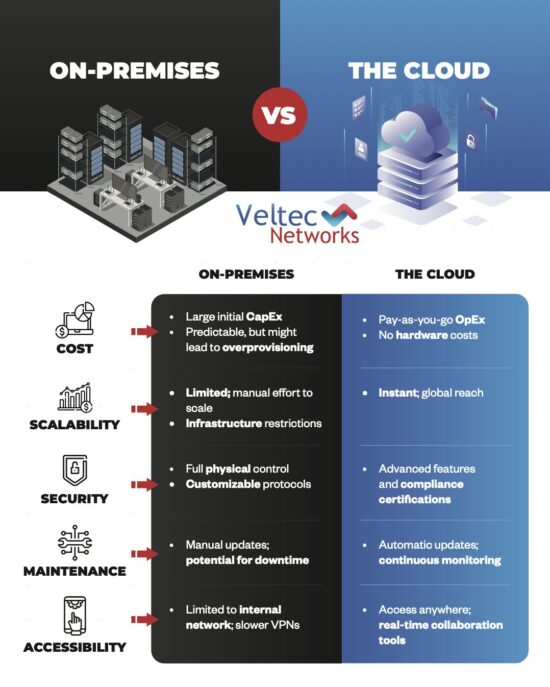Business Intelligence isn’t just strictly for businesses that sell services or products to customers. Although there certainly is a business to healthcare, many may not think of it like one, given that it’s primarily about healthcare professionals administering care to patients. Regardless of how you think about it, do you know what Business Intelligence has to offer healthcare organizations?
Can Business Intelligence actually make a difference in healthcare?
How have other healthcare organizations found success by using Business Intelligence? How can you apply Business Intelligence in your organization? What don’t you know about what Business Intelligence has to offer?
- Services or healthcare.
- Products or medication.
- Customers or patients.
There are plenty of parallels between the conventional business world and the healthcare industry.
More important to consider is how both businesses and healthcare organizations operate similarly. Their performance is based on a range of similar metrics:
- On-location wait times
- Response times
- Quality of services
- Customer/patient experience
And on and on.
Because healthcare organizations operate along similar metrics as traditional businesses, they can stand to gain from IT-based tools that help to track and report on this data.
Unfortunately, healthcare IT can often be short-sighted…
What’s the biggest problem with healthcare technology right now?
In a word?
Limitation.
It’s not uncommon for healthcare organizations to think that the beginning and end of advanced healthcare management technology is just an Electronic Health Record (HER) solution.
And, to be fair, that’s for good reason.
EHR solutions make managing ePHI easier than it’s ever been before, especially when compared to plain old hardcopy charts and filing systems.
But just because a practice has a good EHR solution, doesn’t mean that’s all that technology can do for them at the high-level, management end.
Business Intelligence has advantages to offer healthcare professionals as well…
What is Business Intelligence?
Before exploring the applications of and purposes for Business Intelligence for healthcare organizations, let’s lay a foundation of basic understanding.
Business Intelligence is the collection and analysis of data collected such as departmental productivity, overall growth, patient care trends, and patient behavior.
Applications of this data can range from something as simple as spreadsheets for the organization, and storage of data to reporting, data sharing with other healthcare organizations and more. Each has a specific use and offers various benefits to a given practice.
Reporting and querying software extracts, sorts, summarizes, and presents selected data. This data could range from patient wait times to length of stay to effectivity of a given medication or treatment, etc.
In fewer words, Business Intelligence will help you manage your organization (and thus, treat your patients) more effectively. Still, many healthcare organizations don’t take advantage of the tools that they have available to them.
Should you be using Business Intelligence?
There is a common misconception that Business Intelligence is only for “businesses”, because the words right there in the name. But while healthcare organizations aren’t typically thought of as businesses by the layman, the benefits of Business Intelligence can still apply to the healthcare industry.
Why should you consider investing in Business Intelligence?
Now that we’ve covered the basics and the broad strokes, let’s continue with direct applications of Business Intelligence.
Improve decision making.
This idea is fairly simple – the more well informed the healthcare providers, the more well informed their decisions (and therefore, the care they administer) will be. However, it’s important to note that information and intelligence are not the same thing.
While you may be tracking data on each and every task your healthcare team performs, it won’t mean much if you can’t interpret the patterns. That’s where Business Intelligence comes into play.
By collecting your data into a single centralized repository, it can be properly analyzed, identifying productivity and efficiency drains, performance spikes, and other notable events in your organization’s actions.
When executed properly, Business Intelligence is meant to convert your collected information into structured, analyzable insight. This means, fo example, detailed reporting you can bring to a staff meeting. It means less guesswork and more confident action.
Improve the patient experience.
The more you know about each and every patient you deal with, the better you can serve them
That just makes sense, right?
That’s why it’s such a common purpose for Business Intelligence. Businesses can greatly improve the customer experience by keeping up to date records on a number of factors, unique to each specific patient – ongoing care, previous treatments, how long they’ve had to wait for care, their reasons for requesting care in the first place, etc.
With this information on hand at a glance, a healthcare professional caring for a patient inquiry can tailor the experience directly to them, which is an invaluable aspect of healthcare in general.
Support compliance efforts.
In the process of implementing a Business Intelligence solution, it’s simply a byproduct that you’d likely move to a position of more confident compliance – not a bad side effect, right?
Outside of Business Intelligence, a lot of healthcare organizations may have a poorly organized data set-up – where their data is, who has access to it, etc., can often be unknown or unverified. That’s even despite the very strict regulations at plan, such as HIPAA.
However, in order to properly launch a Business Intelligence initiative, all your data would need to be centralized, properly controlled, and kept up to date – all of which lines up with data storage and integrity requirements of many compliance systems.
Business Intelligence provides greater transparency for healthcare operational data, allowing those in charge to spot and eliminate inaccuracies, gaps, and a lack of control that could also contribute to non-compliance.
What do real-time metrics have to do with Business Intelligence in Healthcare?
Real-time Business Intelligence is the practice of not just gathering and reporting on data for organizational purposes, but doing so with information about processes as they occur.
What’s the point?
With real-time data, you automatically guarantee a number of the above dimensions for data quality. When it’s being gathered and analyzed in real time, there’s zero latency, which means the data is complete, up to date, and as accurate to your recent care to patients as possible.
With the right solution, the care your team administers to patients can be fed into a real-time Business Intelligence system that maintains the current state of your enterprise, allowing you to identify and react to events as they occur, instead of waiting to review a report at regularly scheduled intervals.
Real-time metrics are the gold standard of Business Intelligence – that’s why you need to find a solution that offers it, allowing you to make decisions with greater, more relevant insight.
Further benefits include:
More collaboration means more data
Collecting accurate real-time data allows healthcare organizations to more readily share it with one another. Of course, while still maintaining patients’ privacy, the more that healthcare professionals can combine their data and read larger data sets, the more easily they can spot patterns and react to them.
Case in point: Oslo University Hospital has been collecting data on their radiology and centralizing it in a cloud based system, which researchers can access in real time for analysis, education, and further collaboration with other radiologists.
Improve your reporting
Real-time visualization brings actionable data right to the doctors, nurses and administrators who can best make use of it, in easy-to-understand formats. This data can be analyzed to spot patterns in the effectivity of care, and help those in charge make decisions that promote more effective treatment throughout their organization.
Case in point: In order to merge data from their 50+ locations, Helse Vest launched a Business Intelligence initiative using Microsoft’s PowerBI, which completed the process in less than a day (rather than months it would’ve taken otherwise).
Improved response times
Did you know that the chance of surviving a heart attacks drops by 10 percent with each passing minute?
That’s just one of countless healthcare-based situations in which time is a key factor in quality of care. Business Intelligence can equip healthcare providers real-time data visualizations that can help them improve response times and eliminate lags and inefficiencies.
Whether it’s a matter of tracking how quickly a new intake system gets Emergency Room arrivals taken care of, or measuring how the current parking practices affects the departure time of ambulances, each and every metric has a role to play in a healthcare organization’s response times.
Like this article? Check out the following blogs to learn more:
Data Backup For Dentists, Orthodontists & Oral Surgeons (Important Facts)
Who Provides IT Services To San Francisco Bay Area Dental Practices?






